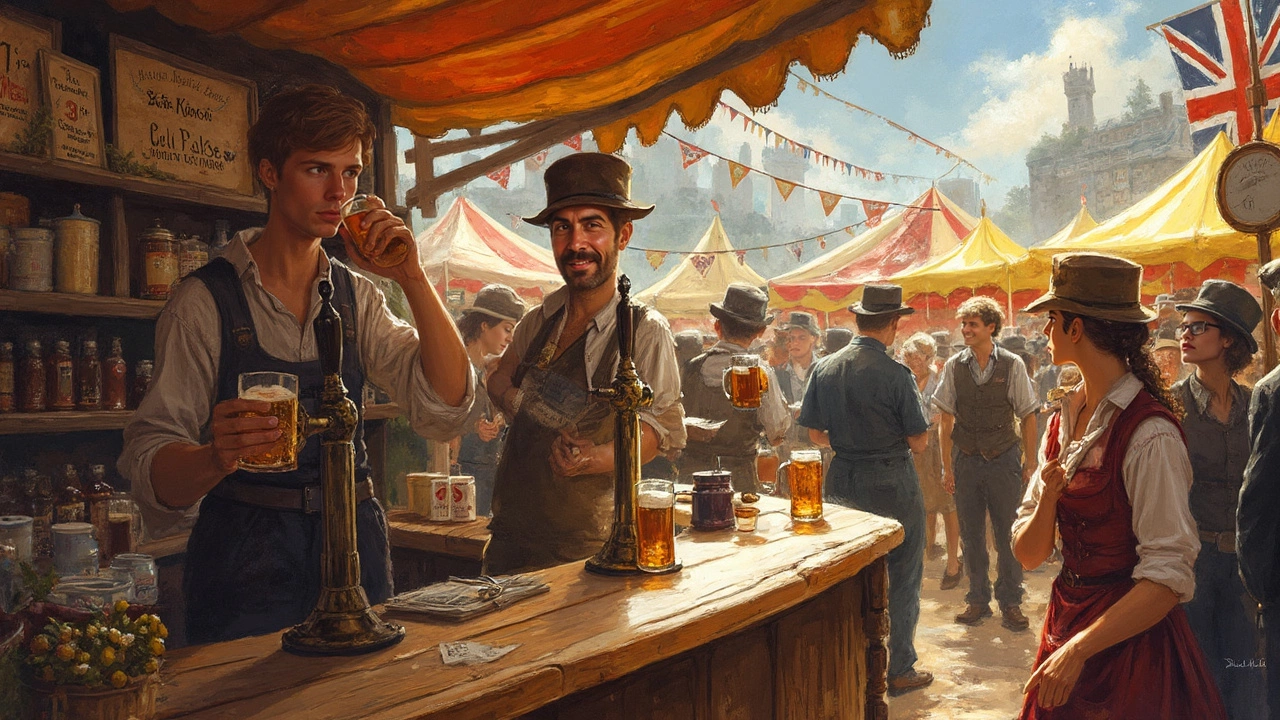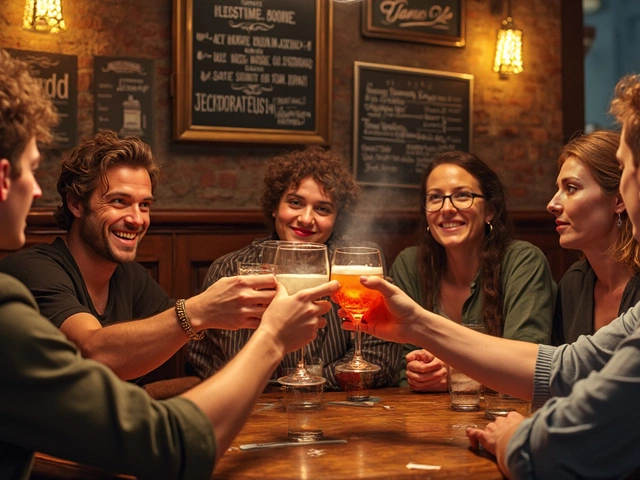Craft Beer History: A Straightforward Look at How It All Began
Ever wonder why you can find a tiny brewery on almost every street corner? The answer lies in a long, gritty story that started in kitchens and garages long before craft beer became a buzzword. This guide walks you through the biggest moments, the people who pushed the limits, and why the movement matters to anyone who enjoys a good pint.
The Early Days: Homebrew and Prohibition
Back in the 1800s, most people brewed their own beer at home. Recipes were passed down through families, and the process was simple: grain, water, yeast, and a bit of patience. When Prohibition hit the United States in 1920, a lot of that knowledge disappeared overnight. But a few determined folks kept brewing in secret, hiding barrels in basements and backyards. Those underground brewers kept the tradition alive and set the stage for the post‑Prohibition revival.
The 1970s Spark: Small Batches, Big Ideas
The real turning point came in the early 1970s. A group of hobbyists in California started experimenting with new hops and malt varieties, rejecting the bland, mass‑produced lagers that dominated the market. In 1979, the first modern microbrewery, Anchor Brewing, opened its doors and proved that small‑scale, flavor‑focused beer could attract a loyal crowd. Around the same time, the American Homebrewers Association formed, giving amateurs a network to share recipes and techniques.
From there, the wave grew fast. By the 1980s, cities like Portland, Denver, and Asheville saw their first local breweries. These spots weren’t just selling beer; they were creating community hubs where people could taste something fresh, talk about flavors, and give feedback directly to the brewers. The rise of hop farms in the Pacific Northwest added even more variety, leading to the birth of the IPA and other hop‑heavy styles.
Technology also helped. Modern brewing equipment became more affordable, and the internet made it easy for brewers to learn about everything from yeast culturing to barrel aging. As a result, the 1990s saw an explosion of small breweries across the U.S., Canada, and Europe. By the end of the decade, there were over 1,000 craft breweries in the United States alone.
Today, craft beer is a global phenomenon. Over 20,000 breweries worldwide are producing hundreds of styles, from sour ales to coffee‑infused stouts. The movement isn’t just about taste; it’s about supporting local economies, experimenting with sustainability, and keeping the spirit of small‑scale brewing alive.
So the next time you sip a locally brewed pint, remember you’re part of a story that began in humble kitchens, survived a nationwide ban, and turned into a worldwide celebration of flavor and community. Cheers to that!
America's oldest beer isn't just a fun fact—it's a legacy that still pours strong at festivals nationwide. Get the details on the beer that outlasted Prohibition and why you'll still find it on tap today. Discover how it became a craft crowd favorite without the hype of modern microbrews. From quirky legal tricks to festival tasting tips, this article gives you everything you need to understand and appreciate this living piece of U.S. brewing history. Practical advice and fun details for beer lovers and newbies alike.
View Details

